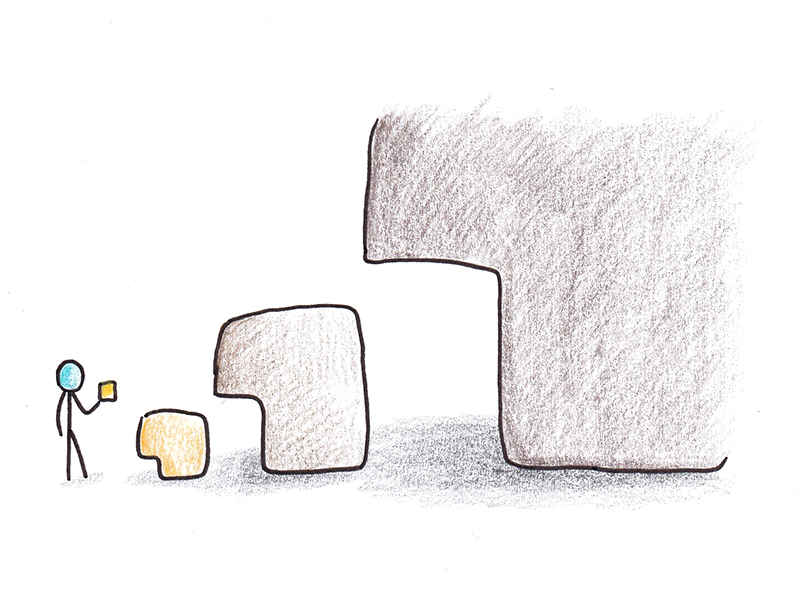When Cal Newport and I began working on our course, Life of Focus, one of my early assumptions was that people’s difficulties with focus were largely external: interruptions from colleagues, pings from new emails, demands for meetings and fast replies.
Yet, having worked with thousands of students over the last few years, we found that internal distractions and resistance are far more common. People procrastinate, instead of working on their most important tasks. They initiate distractions, checking their phones or emails even when it’s not necessary. Sometimes even the thought that they might get interrupted will prevent them from taking advantage of a possible deep work session.
These internal distractions have consequences. The goal of a focused life isn’t to work non-stop—it’s to be able to turn on focus when you need it. Living a life of focus lets you enjoy your life outside work without feeling overwhelmed or worried about needing to work overtime.
Focus is hard, but much of the difficulty tends to be inside our own minds.
Why is Focus Difficult?
Why is it so hard to focus? I would argue that focus is difficult in precisely those tasks where it’s unclear what needs to be done next. Ambiguity kills focus.
Compare writing an essay to replying to a question in an email. The essay is much more ambiguous: What topic should you write about? How should you begin? Which ideas should you include? The space of possibilities is large, and the first move isn’t clear. Replying to the email, in contrast, is fairly straightforward.
This is why we tend to get writer’s block but not email block.
A similar logic applies to most of the “deep work” that matters in our professional lives. Challenging, focus-demanding work tends to be ambiguous. In contrast, the routine work we can check off a to-do list usually isn’t.
The Most Underrated Strategy for Improving Focus
Given that ambiguity kills focus, there is a simple, powerful strategy to improve focus: whenever you find yourself tempted to procrastinate, initiate a distraction or switch to a more tractable task, just ask yourself one question:
“What’s the next step?”
Keep asking yourself that question until you get to a step that feels easy.
Consider studying for an exam: “What’s the next step?” I should do some practice exams, but that feels too hard. “What’s the next step?” I should work on the first problem in the practice exam, but it looks complicated. “What’s the next step?” I should set a timer for sixty seconds, and if I can’t figure out the first thing to do, I should study the answer to the problem and then try a similar one.
Or writing an essay: “What’s the next step?” I need to write an opening sentence for my paper, but I can’t figure out where to start. “What’s the next step?” Maybe I should write an outline articulating the main points so I can see where I should start, but I don’t know how to structure it. “What’s the next step?” Maybe I should brainstorm all the things I want to say, in a random order, and then try to reorder them into an outline.

The idea here is to keep breaking down frustrating, ambiguous tasks until you get to a task that is so straightforward that it shouldn’t cause you much of a problem. You will likely face this challenge again and again when working on your most important projects. Any time you find yourself facing the impulse to give up and distract yourself, make a habit of repeating the above question until you get to a task that feels doable.
_ _ _
Cal Newport and I will be holding a new session of our popular course, Life of Focus, next week. Stay tuned!


 I'm a Wall Street Journal bestselling author, podcast host, computer programmer and an avid reader. Since 2006, I've published weekly essays on this website to help people like you learn and think better. My work has been featured in The New York Times, BBC, TEDx, Pocket, Business Insider and more. I don't promise I have all the answers, just a place to start.
I'm a Wall Street Journal bestselling author, podcast host, computer programmer and an avid reader. Since 2006, I've published weekly essays on this website to help people like you learn and think better. My work has been featured in The New York Times, BBC, TEDx, Pocket, Business Insider and more. I don't promise I have all the answers, just a place to start.